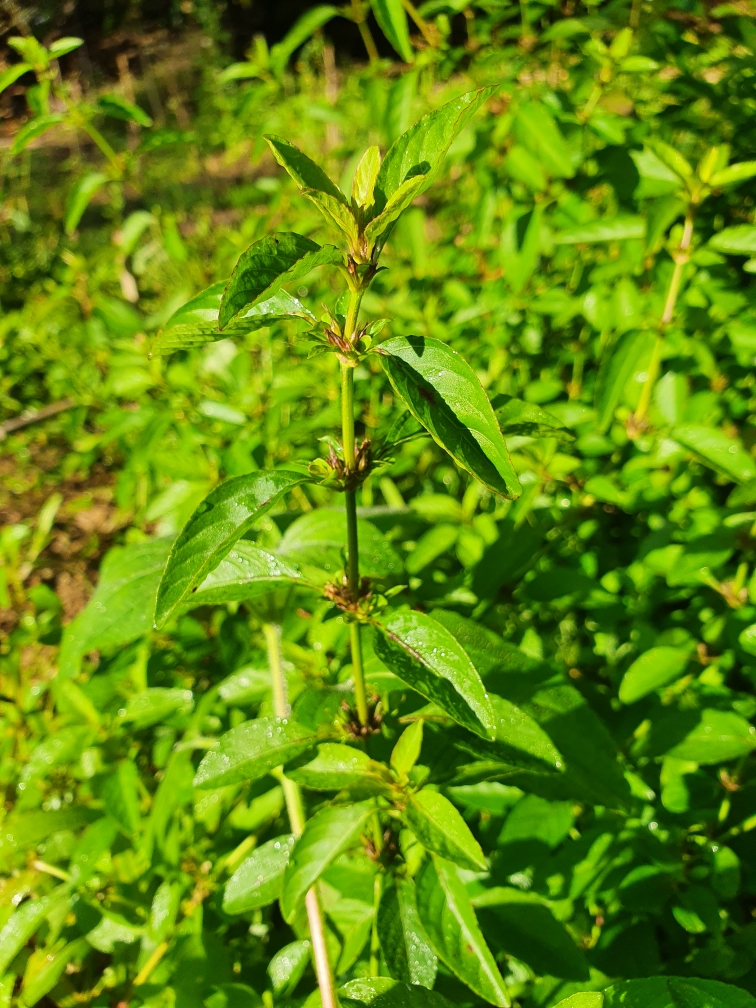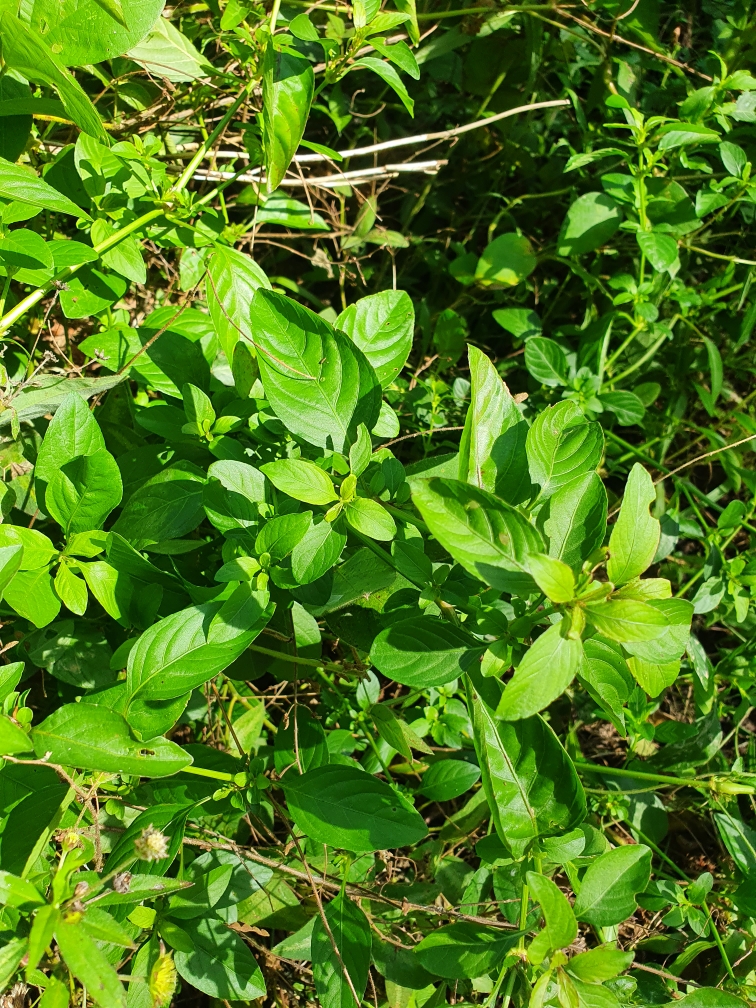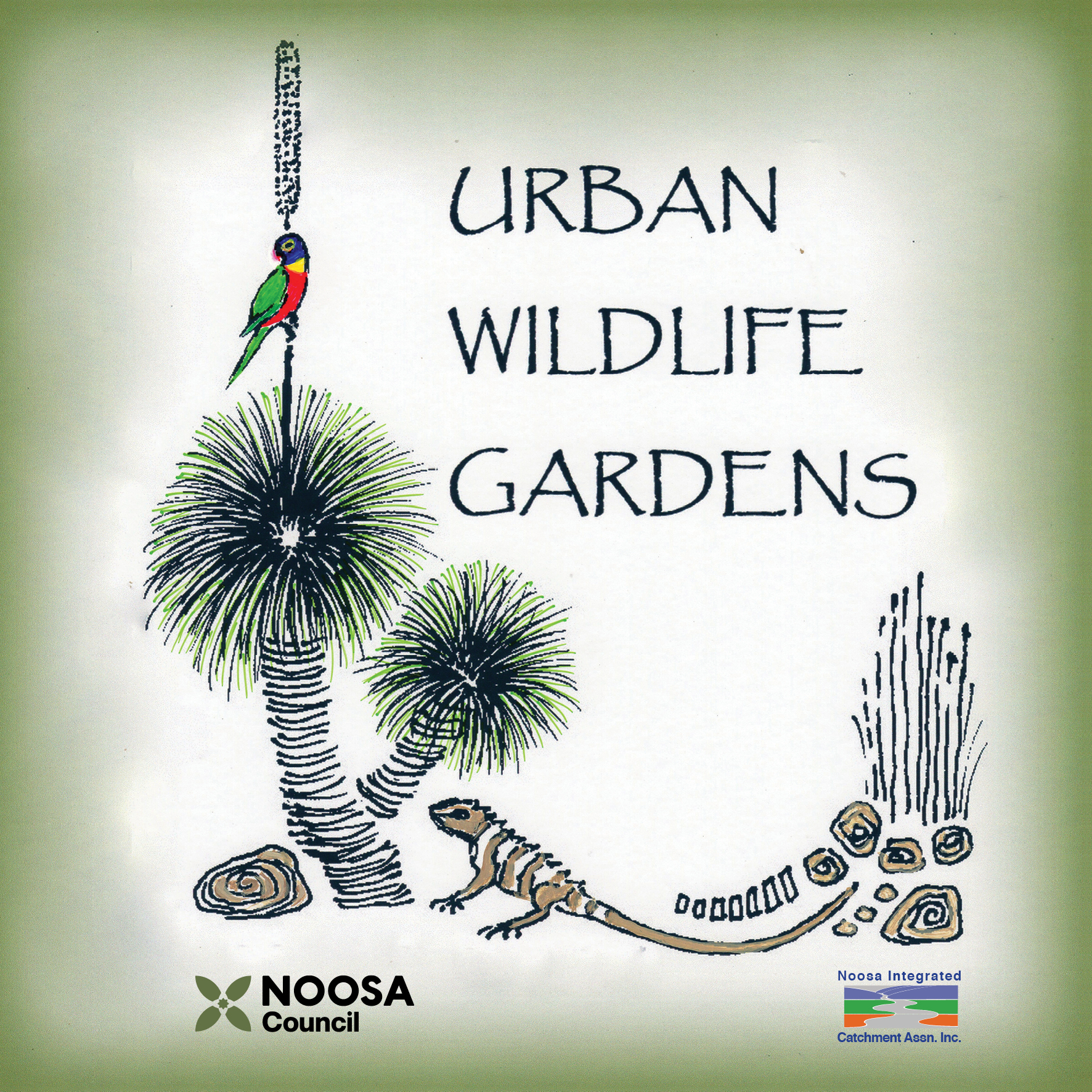Weed of the Month Dyschoriste depressa
Dyschoriste was first recorded as naturalised in Queensland in April 2000, in the suburb of Taringa in Brisbane. It is believed it was spread by trucks moving out of Brisbane into the country. In the Noosa shire it is believed to have been spread by contract mowers. It prefers wetter environments such as creekbanks and wetlands but will also grow in drier habitats. It has spread at an alarming rate in recent years and has been observed to develop into very dense monocultures. Such infestations have the potential to damage riparian ecosystems and reduce biodiversity and may also restrict the flow of water.
Name: Dyschoriste depressa
Common names: Butterfly heaven, depressa
Native to: Southern Africa
Habit: A long-lived plant usually growing to about 60 cm tall, but occasionally taller when supported by other vegetation. However, when growing in regularly mown areas it can form dense low-growing mats of vegetation.
Leaves: The stems are either upright or spreading and where the lower parts of the stems come into contact with the soil they often develop roots at their nodes. The bright green leaves are paired along the stems and borne on short stalks. The leaves are small and hairless.
 Flowers: The mauve, pinkish or whitish coloured flowers are quite small (less than 10 mm long) and are found in the junction between the leaves and the stems.. Flowering occurs throughout the year but is most common during spring and summer.
Flowers: The mauve, pinkish or whitish coloured flowers are quite small (less than 10 mm long) and are found in the junction between the leaves and the stems.. Flowering occurs throughout the year but is most common during spring and summer.
Control measures:
Depressa responds well to chemicals and can be removed by hand. If removing by hand ensure all parts of the plants are collected, including the stems growing along the soil. Dispose of in the bin.
For more information
Dyschoriste | Weed Identification – Brisbane City Council
Dyschoriste 2014.pdf (technigro.com.au)
Michelle Newall, Project Coordinator

